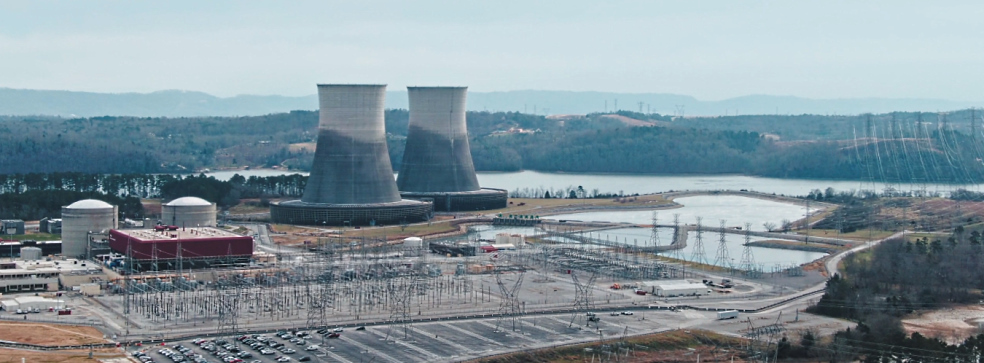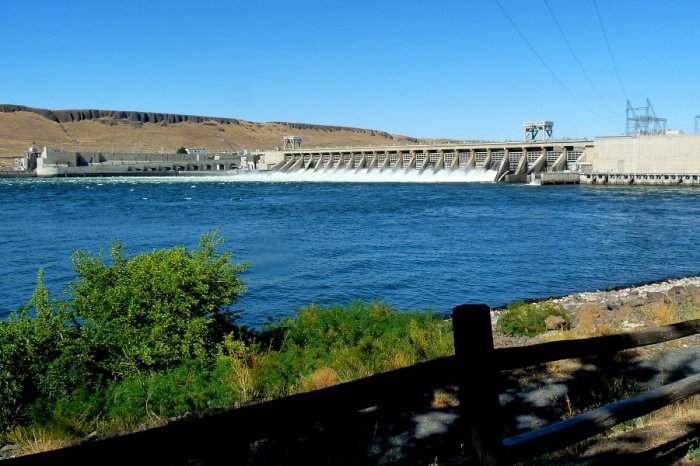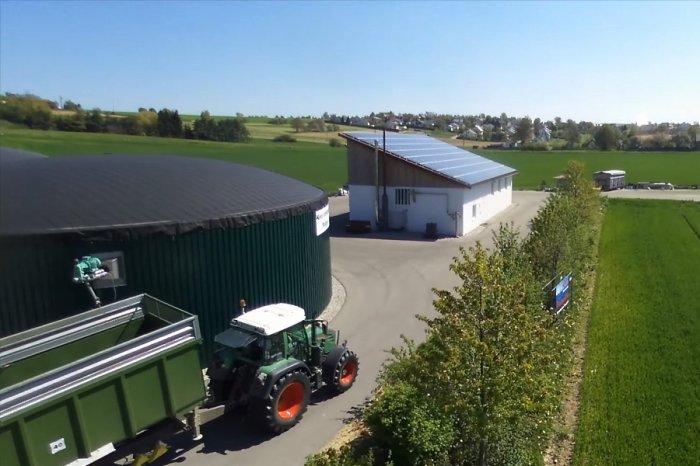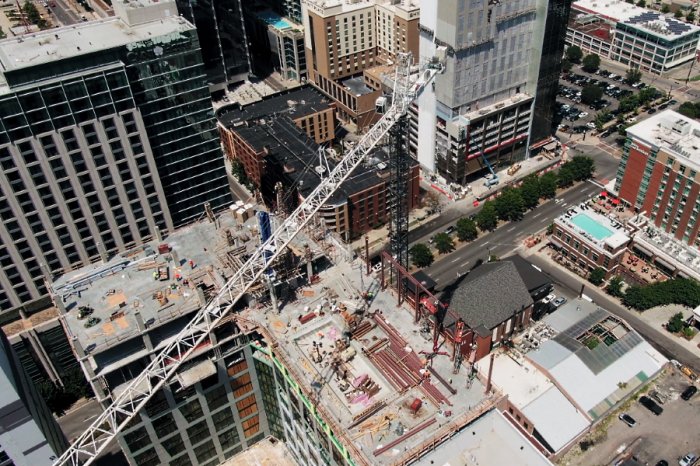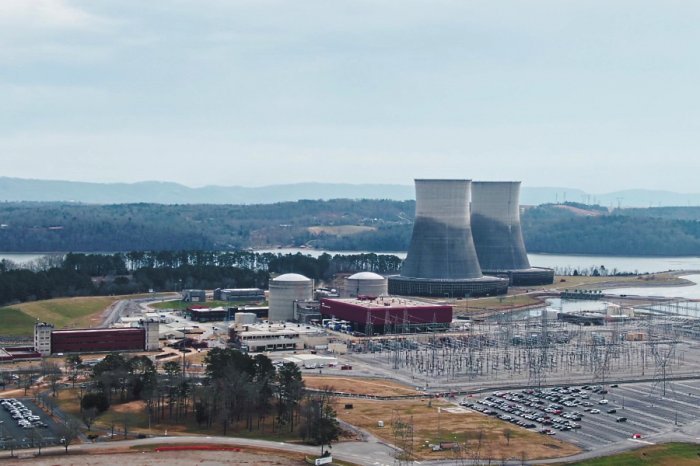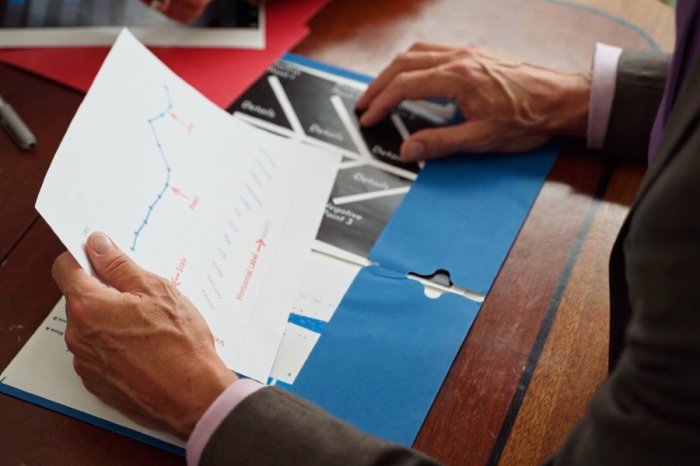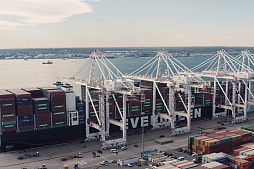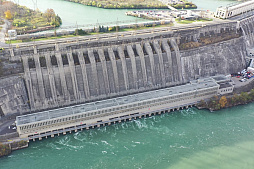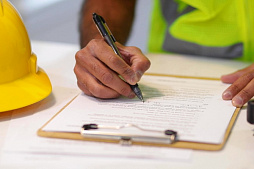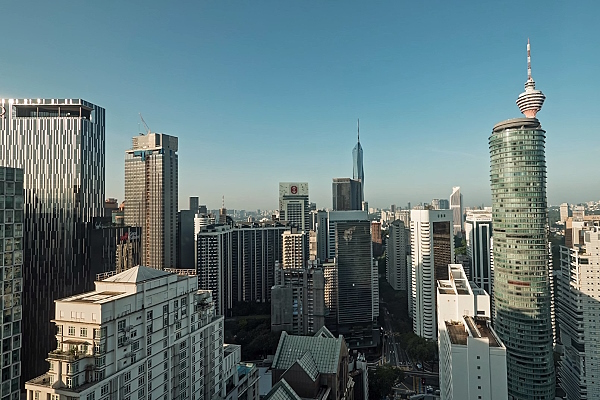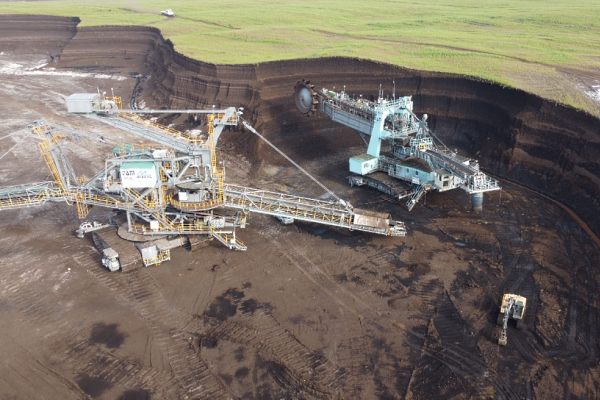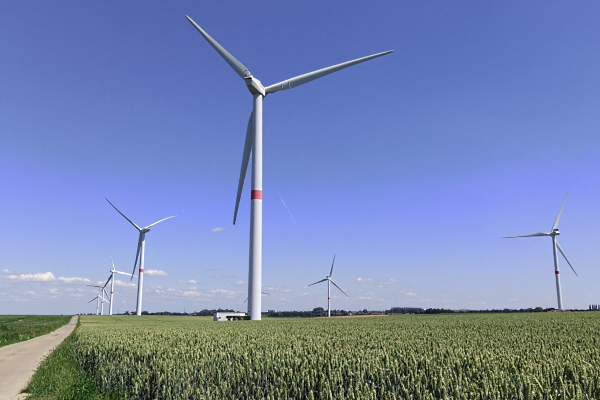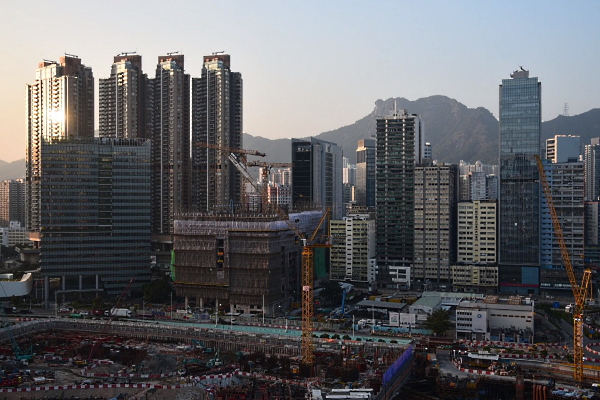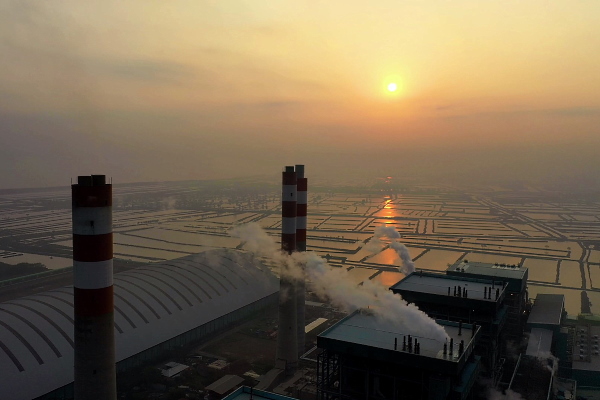After receiving the necessary documents (application form and project presentation), our team will try to review your request as soon as possible, and leading experts will offer the best options for project funding.
Despite its high social importance, the construction of power plants should be profitable and attractive to investors.
This takes into account both the initial investment costs associated with the construction and the operating costs that the owners of the facility will incur over the years.
Any power plant, be it a wind farm, a hydroelectric power plant or a solar power plant, is a multifaceted and technically complex project that requires the use of customized engineering and financial solutions to ensure its viability. The type of power plant, the choice of technologies and equipment, the scale of the project, location and other factors have a significant impact on investment costs.
The cost of building a power plant is a critical factor in this equation that influences the final decision of the stakeholders.
How much does it cost to build power plants of different types?
The type of power plant is the main factor influencing the cost of an investment project and determining its economic viability.However, investors must evaluate not only the cost of construction, but also other costs that will accompany a particular project throughout its life cycle. Construction costs for a wind farm and a solar power plant are typically significantly higher compared to combined cycle thermal power plants, while operating costs due to fuel costs in the latter case are many times higher than in most renewable sources.
Technical constraints, projected demand, environmental requirements, fuel consumption, maintenance, equipment modernization and other factors should be considered when planning investments in energy facilities in the long term.
Most important, however, are capital expenditures, which include the cost of all phases, from the draft to connecting the power plant to the grid.
Access to energy infrastructure, labor costs, legal frameworks, environmental restrictions, bank policies and many other factors should be taken into account in order to predict the final figure as accurately as possible. But even this does not give confidence that the project participants will be able to avoid budget overruns and construction schedule delays.
For example, the recent pandemic and geopolitical crisis in Europe came as an unpleasant surprise for numerous companies around the world, increasing the cost of some projects and calling into question the viability of others. Adding volatile prices for materials and equipment to supply chain problems, we can get a rough idea of the risks that await any company in the early stages of the energy project.
Our customized financial models, project finance services and flexible refinancing solutions can reduce the cost of capital for your project and get you through a difficult period.
Comparison of available options
The cost of construction is not the only criterion taken into account when choosing from several energy alternatives.To justify the economic efficiency of different options for power plants, the method of comparative efficiency is usually used.
For the economic comparison of options, the so-called integral economic effect is used, the maximum value of which determines the most effective of them. Auxiliary criteria for comparing alternative projects are the internal rate of return, the return on investment, the payback period, financial incentives, utilization ration and others.
The integral economic effect is defined as the difference between the result of activity and costs for a certain period. The result is the proceeds from the sold electric and thermal energy, while the annual costs include the costs of building and operating a power plant of a certain type.
All compared projects are brought to an equal energy effect. In this case, this is an equal annual supply of electricity throughout the entire period of operation or the analyzed period.
As a criterion for the effectiveness, experts suggest using the total costs or the average cost of electricity supplied.
For most power plants, when determining the costs for the entire period (including the construction stage and the estimated operating life), the following is taken into account:
• capital investments;
• fuel costs (if applicable);
• modernization, major and current repair costs;
• staff salaries and services of third-party specialists;
• equipment maintenance costs;
• emission charge (if applicable);
• the cost of buying or renting land;
• land tax and other taxes and fees;
• annual payments on loans and so on.
When planning a large energy project, participants must clearly understand the business needs, on the basis of which technical requirements are developed and the most suitable financial models are selected.
For example, the most expensive solar power plants cost up to 1.5-2 billion euros, and the final cost of such a facility may differ significantly from the expectations of investors at the initial stage. Given the scale of construction, mistakes can cost hundreds of millions.
Construction costs for solar power plants
Modern solar power generation is based on two technologies.Firstly, it is simple and affordable photovoltaics, which directly converts solar energy into direct current.
Secondly, it is an indirect method of concentrating solar energy using reflectors to heat a thermal transfer medium such as molten salt or a thermal oil, which then drives a turbine and generates electricity even in the absence of solar radiation.
How much does a solar PV power plant cost?
The cost of building photovoltaic systems depends on many factors, with a clear trend towards decreasing cost per megawatt of installed capacity as the scale of an investment project increases.How much does a 1 MW solar farm cost?
This question usually starts the discussion of photovoltaic investments.
The total cost of building a photovoltaic power plant ranges from 600 thousand to 1.2 million euros per MW, depending on the project and the components used.
The cost of building solar power plants is decreasing every year due to scientific progress, the political will of leading countries and economies of scale affecting the production of equipment. The EU and most of the developed countries of the world require an increase in the production of energy from renewable sources every year, so government policies will favor investors in building more photovoltaic systems.
The emergence of more efficient photovoltaic cells and sustainable reduction in prices for photovoltaic equipment are leading to an ever faster return on investment.

In 2010, the average cost of building solar PV power plants in the world was about 4.8 million euros per megawatt of installed capacity. In 2022, this figure dropped to 800 thousand euros per MW, showing an impressive sixfold reduction in construction costs over the past 12 years.
When deciding to build a photovoltaic farm, in addition to buying inverters and panels, you need to consider land costs, construction, installation, connection, fencing and monitoring costs.
In terms of performance, an average 100 MW solar power plant located at the latitude of Northern Germany, for example, produces about 100 GWh of green energy annually.
According to studies, 1 MW of PV panels, including auxiliary equipment, require approximately 2.6-2.9 hectares of land.
Therefore, a solar power plant with an installed capacity of 50 MW will require at least 130 hectares of land, not counting administrative buildings and infrastructure. A long-term lease of land for building a solar power plant can cost from a few hundred euros to 1,000 euros or more per hectare of land annually, depending on the type of area.
It is important to take into account the costs that arise at all stages of an investment project, including the cost of operation and maintenance, the cost of financing, as well as the potential reduction in generation as a result of the natural decrease in the efficiency of photovoltaic modules.
Thanks to the rapid development of photovoltaic technology, the market offers durable PV panels, the productivity of which decreases linearly by about 15% after 25 years of operation.
The payback period of a modern photovoltaic farm reaches 8-10 years with a life cycle of about 25 years.
The cost of concentrated solar power plants (CSP)
An important advantage of such systems is the storage of energy in the form of a heated molten salt for long hours, which makes it possible to accumulate excess energy falling on reflective surfaces during daylight hours. This is very important for regions such as the Middle East and North Africa, where the intensity of solar radiation during the daytime is very high.The largest operating power plants of this type, such as the Noor Complex Solar Power Plant (Morocco), are located in regions with the highest intensity of solar radiation, due to rational technical reasons.
Unlike photovoltaic systems, concentrated solar power plants have not shown a significant reduction in capital costs over the past decade. These are very expensive and technically complex projects based on the so-called Thermal Energy Storage technologies (TES), which are still quite capital intensive. In 2010-2011, industrial-scale CSP systems cost an average of 10 million euros per 1 MW of installed capacity, while in 2019-2020 this figure varied from 5 to 8 million euros.
Photovoltaic systems are much easier to build and install.
But like other solar power plants, CSP projects require huge land plots for the installation of reflectors, so the cost of buying / renting land plots is also high in this case.
It should also be remembered that the operation and maintenance of concentrated solar power plants is very expensive due to the use of chemical heat transfer fluids and special operating modes.
Moreover, some chemicals create certain environmental risks, which affects the cost of the project and its investment attractiveness.
Looking to the future, new research aims to transform excess carbon dioxide from atmospheric air with the help of light. In this context, CSP projects may become industrial CO2 harvesting plants over the next decades. This will start the global process of atmospheric decarbonization and open up a new source of income for the owners of next-generation concentrated solar power plants.
Construction costs for wind farms
There are many advantages of wind power, including environmental and economic ones.The total kinetic energy of the wind in the world is estimated to be about 80 times higher than the total energy consumption of the world economy. Although only a certain percentage of this total can be used for energy needs, the future development of this technology has enormous potential.
Regardless of the type of project, building a large industrial scale wind farm is a significant investment that can require hundreds of millions of euros in the early stages. However, given the rising cost of electricity and significant advances in wind power generation, successful wind farms demonstrate payback periods of less than 10 years under favorable conditions.
For small wind power plants intended for autonomous generation, the payback period can be up to 12-15 years, depending on the type of equipment, wind speed, mode of use and other factors.
The average time required from the final investment decision to the construction of a wind farm is approximately 1 year for an onshore project and approximately 3 years for an offshore wind farm. This is largely determined by local legislation and regulatory procedures, which vary widely not only in different countries of the world, but even within the EU.
Onshore wind farms
When we talk about onshore wind projects, we mean a wide range of technological solutions of various sizes, designed both for autonomous generation and for power supply of entire cities and regions.Economies of scale largely determine the cost of building onshore wind farms.
Experts estimate that the installation of a small wind turbine will cost approximately 4,500-5,000 euros per kilowatt of installed capacity. In contrast, large wind power plants cost on average €1.2 million per megawatt installed. The cost of building large wind farms is rapidly declining, primarily due to the introduction of ever more powerful wind turbines.
According to European experts, the cost of building wind farms has decreased by an average of 20-25% between 2015 and 2022, depending on the type of project and the technology used.
Spain has the lowest installed capacity cost per megawatt, while Germany and France show the highest cost of wind projects in Europe (the difference can be up to 35% for similar projects).
Despite technological advances, onshore wind energy experts expect an end to the further decline in the cost of wind farms in the near future.
This is due to factors such as inflation, rising global building material prices and natural size limits for onshore wind turbines.
Offshore wind farms
As far as offshore wind projects are concerned, they have always been more attractive to maritime countries due to the wide availability of suitable construction sites.The sea shelf, which is not used economically, opens up unlimited opportunities for generating green energy. Another very important advantage of offshore wind turbines is the absence of strict requirements for maximum height, rotor diameter and noise level, which are serious obstacles for the development of onshore projects in densely populated areas, for example, in Europe.
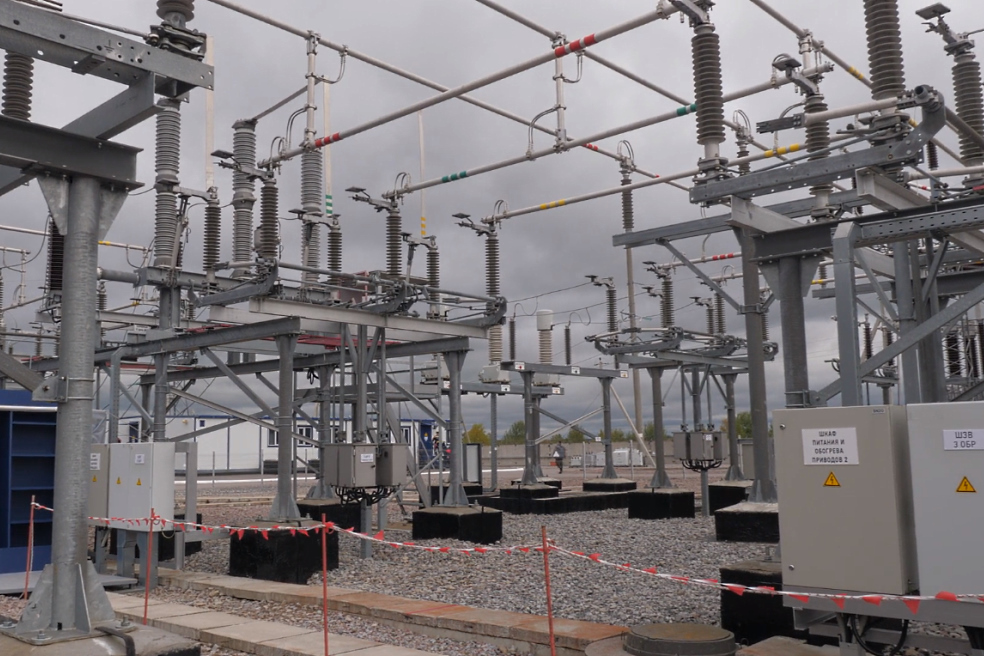
The disadvantage of this technology is the relatively high cost of building offshore wind farms, which is 3-4 times higher than the cost of similar onshore projects. Huge offshore installations are difficult to transport, assemble and install both on the seabed and on floating platforms.
The initial costs associated with the development of such projects can be very high.
At the same time, rapid progress in this area allows energy companies to achieve competitive LCOE.
Over the past 12 years, the cost of an installed megawatt of offshore wind power globally has almost halved, from about 6 million euros to 3-3.5 million euros.
This progress is due to significant improvements in offshore wind power generation technology and the introduction of larger turbines reaching 16-18 MW. In particular, the latest offshore turbine Haizhuang H260-18MW from CSSC (China) was the largest in the world at the beginning of 2023.
One such unit with a 260-meter rotor diameter capable of generating about 74 GWh of electricity every year. The evolution of offshore wind turbines from standard 3-5 MW to 18 MW industrial monsters clearly demonstrates the impact of economies of scale on the cost of building and operating offshore wind farms.
Construction costs for thermal power plants
In 2023, the cost of building traditional thermal power plants will start from 600-800 thousand euros per 1 MW of installed capacity.In most cases, energy companies have to deal with capital expenditures ranging from 1.2-1.5 million euros per megawatt and even more, depending on the chosen technology, facility location and other factors.
When choosing investment alternatives, the following types of thermal power should be considered:
• steam power plants;
• combined cycle power plants;
• gas turbine power plants.
Combined cycle thermal power plants have a high level of efficiency compared to other types of thermal power plants.
This means better performance in the long term. These power plants are usually built to meet baseline loads. However, the construction of power plants with two cycles of thermal energy requires additional costs, so CCPPs are considered to be much more expensive than traditional steam power plants. Another disadvantage is the long construction period.
The average cost of single shaft combined cycle thermal power plants without advanced emission minimization technologies is about 1-1.3 million euros per megawatt.
When it comes to installing carbon capture and sequestration equipment, the cost of the project could skyrocket to 2.5-2.8 million euros per megawatt of installed capacity.
Following the path of increasing efficiency, some companies are now focusing on building advanced ultra-supercritical coal-fired power plants (AUSC). These power plants with special technologies for burning finely dispersed coal produce steam at a temperature of 700-750 C, reaching net efficiency rates of 49-50%.
These impressive figures require the use of expensive equipment and heat-resistant materials, which increases the cost of building typical AUSC power plants to 3 million euros per megawatt of installed capacity.
The introduction of carbon capture and sequestration (CCS) technologies increases the cost of such power plants to 5-6 million euros per megawatt.
Equipment, building materials (eg steel and aluminium) and labor are important factors influencing the final cost of thermal power plants.
Most projects of this type take at least 3-5 years, so fluctuations in variable costs are important to consider when planning investment projects.
Construction costs for hydropower plants
In 2022, the average cost of building hydroelectric power plants in the world was about 1.9 million euros per megawatt of installed capacity.There are no signs of price declines in this segment as the hydropower sector relies heavily on available land and civil works costs rather than on changing technologies. Today it is one of the most expensive power generation technologies in the world.
Moreover, the rising cost of labor and building materials are making this type of power plant increasingly expensive for investors.
For example, between 2010 and 2022, the average cost of hydroelectric power plants increased by 30-50%, depending on the region and project type.
Despite high construction costs, hydropower plants remain the backbone of low-carbon power generation. These facilities do not require significant operating and maintenance costs, which makes the generated electricity affordable and competitive.
Table: Comparative cost of some of the world's largest hydroelectric power plants
| Name | Country | Year of commissioning | Installed capacity, MW | Cost of construction, $ | Cost per megawatt, $ |
| Baihetan Dam | China | 2021 | 16,000 | 31.6 billion | 1.97 million |
| Three Gorges Dam | China | 2012 | 22,500 | 31,8 billion | 1.41 million |
| Belo Monte Dam | Brazil | 2016 | 11,233 | 18.5 billion | 1.65 million |
| Wudongde Dam | China | 2021 | 10,200 | 17.8 billion | 1.74 million |
| Jirau Dam | Brazil | 2016 | 3,750 | 8 billion | 2.13 million |
In addition to large powerful hydroelectric power plants, which have been actively built in East Asia in recent years, business is interested in mini-hydroepower plants.
These are small facilities with an installed capacity of no more than 10-30 MW (classification depends on the country), capable of providing cheap electricity to plants, factories and remote settlements that do not have access to the power grid.
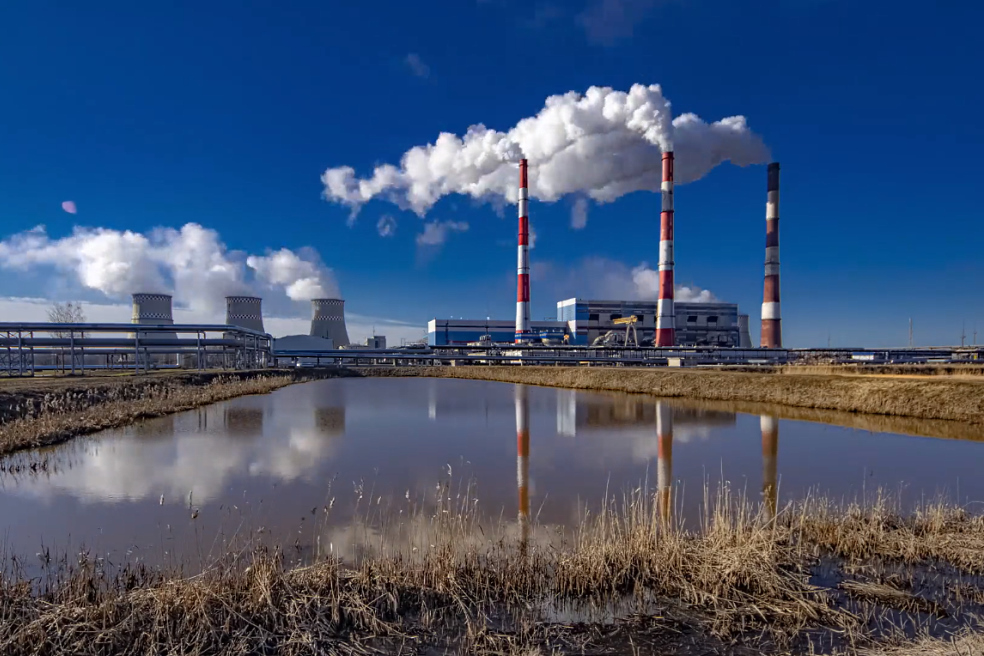
The cost of such power plants per megawatt will be higher compared to large projects, but the potential for local power generation is huge, especially in countries with numerous small rivers (eg UK, Canada, Brazil, Poland, Romania and others).
Construction costs for geothermal power plants
Geothermal facilities are characterized by a wide variety of technologies used, which explains the differences in project costs.Much depends on the type of project, location, depth and temperature of the geothermal source and a number of other factors. On average, the cost of geothermal power plants in 2023 varies from 3 to 5 million euros per megawatt.
Dry steam, binary cycle or other engineering decisions largely determine the financial aspects of a particular project. Obviously, the direct use of hot water available close to the ground requires a much lower investment compared to drilling deep wells. Moreover, exploration work in the early stages of a project may require millions of euros of investment, and these funds must be raised by the owners in an environment of economic uncertainty and risk.
Unlike solar or wind energy, geothermal projects have not fallen in price over the past decade.
Investment costs are affected by the high cost of drilling equipment, as well as the rising cost of labor and building materials, which account for a large share of the total cost of such projects.
According to Fitch Solution, construction costs for geothermal power plants have increased from 2.6 million euros per megawatt in 2010 to 4.4 million euros per megawatt in 2020. Due to technical constraints and high capital costs, the levelized cost of electricity generated from geothermal sources, also remains relatively high, which hinders the further development of this sector.
Not surprisingly, geothermal power plants remain the second choice for a limited number of countries with favorable geological conditions.
These include the United States, the Philippines, Indonesia, Mexico, Turkey, Japan, Italy, New Zealand and a number of other countries that are developing geothermal power generation despite the difficulties.
If you are interested in financing a major energy project, please contact the ESFC Investment Group for details.
We offer long-term loans starting from 50 million euros, and we also develop customized project finance solutions for the construction of large power plants, electrical substations and other energy infrastructure.



